In Memory of Albert Pinching, a much respected and valued HHS Sales Manager, member of the General and Publications Committees, author of numerous articles and writer of books, and editor of the HHS Bulletin for fourteen years, who passed away on 30th July. Albert wrote this article prior to Woodside House being renamed George Meehan House.
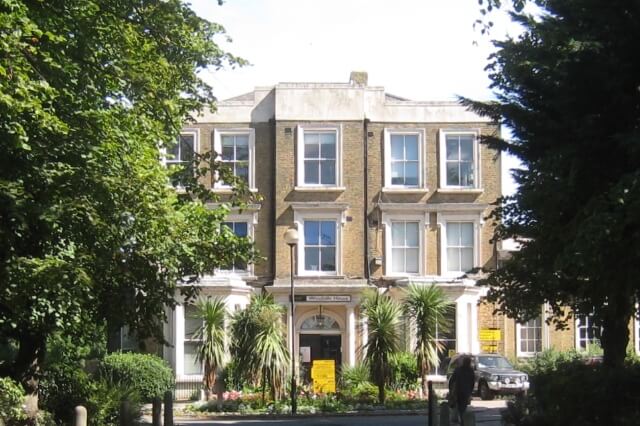
Woodside House, a mid-Victorian edifice on the High Road, has been a municipal building for well over a hundred years. What function and name did the building have originally?
Westbury House
Wood Green was open farmland until the mid-19th century when the creation of the Great Northern Railway and the opening of Wood Green Station (now Alexandra Palace Station) in 1859 changed the demography and landscape. Successful middle class families, seeking rural retreats, built large residences in the area with acres of land around them.
One of these was Thomas William Smith Oakes (1826–1906), a former East India Company merchant. He had purchased ten acres of land in Wood Green in 1863-4 after returning to Britain following the Indian Mutiny and the subsequent replacement of the Company by Crown control in 1858. He called his house Westbury House, built in solid Italianate style c.1864-65 in a location which today is on the High Road almost opposite the Wood Green Police station, (now Wood Green Custody Centre).
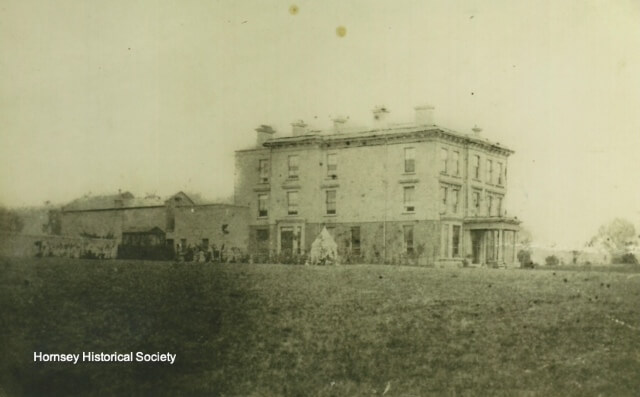
Oakes, his wife and ten children lived in some style with a resident governess for the children. The house had an imposing portico over the front entrance, a large central hall, a conservatory, billiard room, large crystal chandeliers in the principal rooms, plus many bedrooms for family and staff with several bathrooms and toilets. In 1874 Oakes sold up as a result of business difficulties and the family moved to more modest accommodation in Holloway.
Earlham Grove House
The house was next occupied by the philanthropic Smithies family, well known for their Christian philanthropy and support for the Temperance movement, advocating teetotalism and the dangers of excessive drinking of alcohol. The family stayed in the house until 1886 by which time they had renamed their home Earlham Grove House.
Mrs Catherine Smithies (1794–1877) was a vigorous campaigner for Temperance and animal welfare. She founded the Band of Mercy movement, a charitable organisation for young people, aimed at relieving animal suffering. Subsequently this became part of the RSPCA.
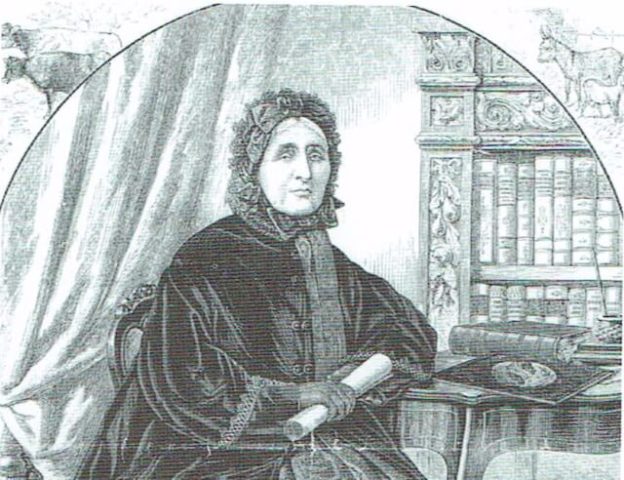
Her son, Thomas Bywaters Smithies (1817–1883) tirelessly championed similar causes. He was editor of several campaigning journals including The British Workman and supported the struggles of the working man. Following his mother’s death he organized a public subscription to pay for a 21 foot high granite obelisk in her memory.
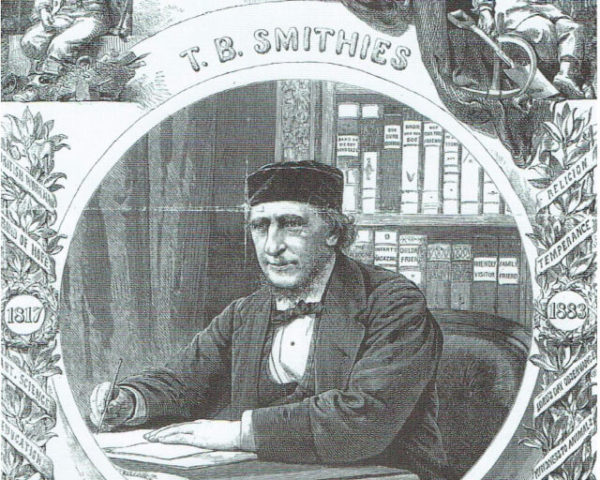
Unveiled in 1879 on the south side of Bounds Green Road, the obelisk was moved to the north side to enable tram lines to be laid. Ironically it is now standing in front of The Prince public house. Both mother and son were buried in Abney Park Cemetery in Stoke Newington.
Municipal ownership
In 1875 the house and its grounds became part of the adjacent Chitts Hill estate. This passed into the ownership of Wood Green Urban District in 1893 when Earlham Grove House and eleven acres of surrounding land were bought to house the Council offices.
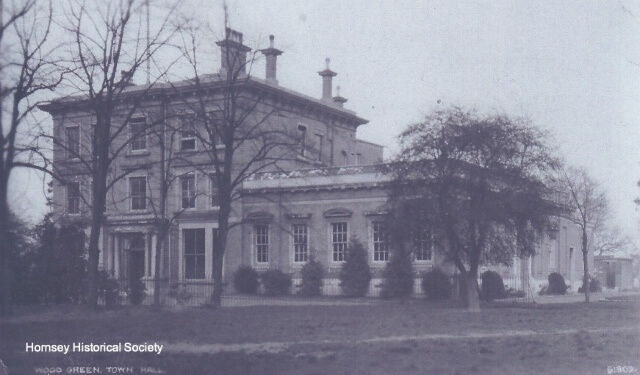
The house became Wood Green Town Hall in 1894 and the surrounding land became Town Hall Park complete with a bowling green and a bandstand.
In 1913 the building was enlarged with a single storey south wing to house the council chamber and a magistrates’ court. The old house remained the town hall until the 1958 when Wood Green Civic Centre opened in the High Road opposite White Hart Lane.
The building was renamed Woodside House in 1965 when the borough of Haringey was created from the old boroughs of Hornsey, Tottenham and Wood Green. Haringey Council housed its adult services in the building and a seniors’ luncheon club. Many of the old house’s external features remain, except for the loss of its prominent chimney stacks. In 2018 the house was refurbished and renamed George Meehan House, after a former Leader of Haringey Council. The open space around is now called Woodside Park.
A truly remarkable history for a council office building.
Image credits
HHS